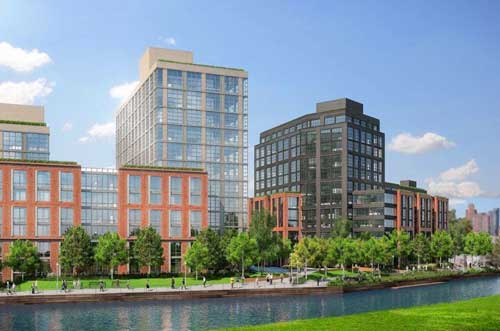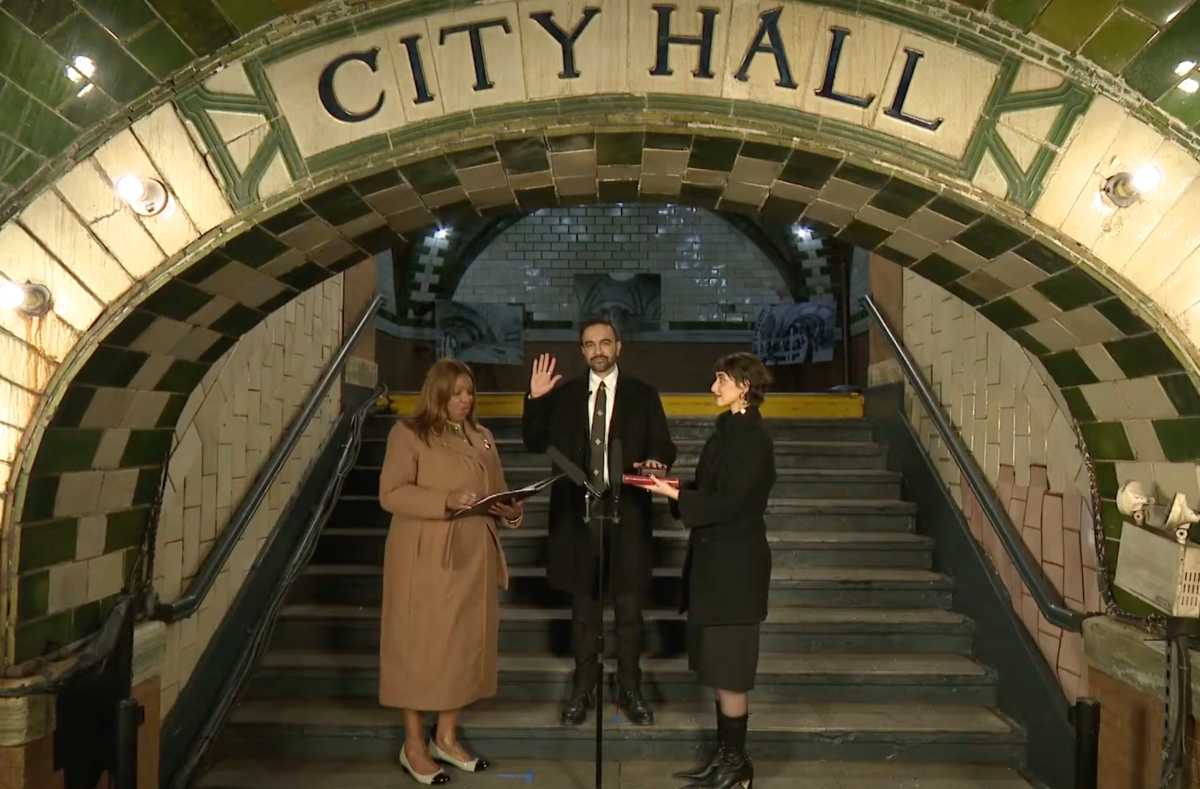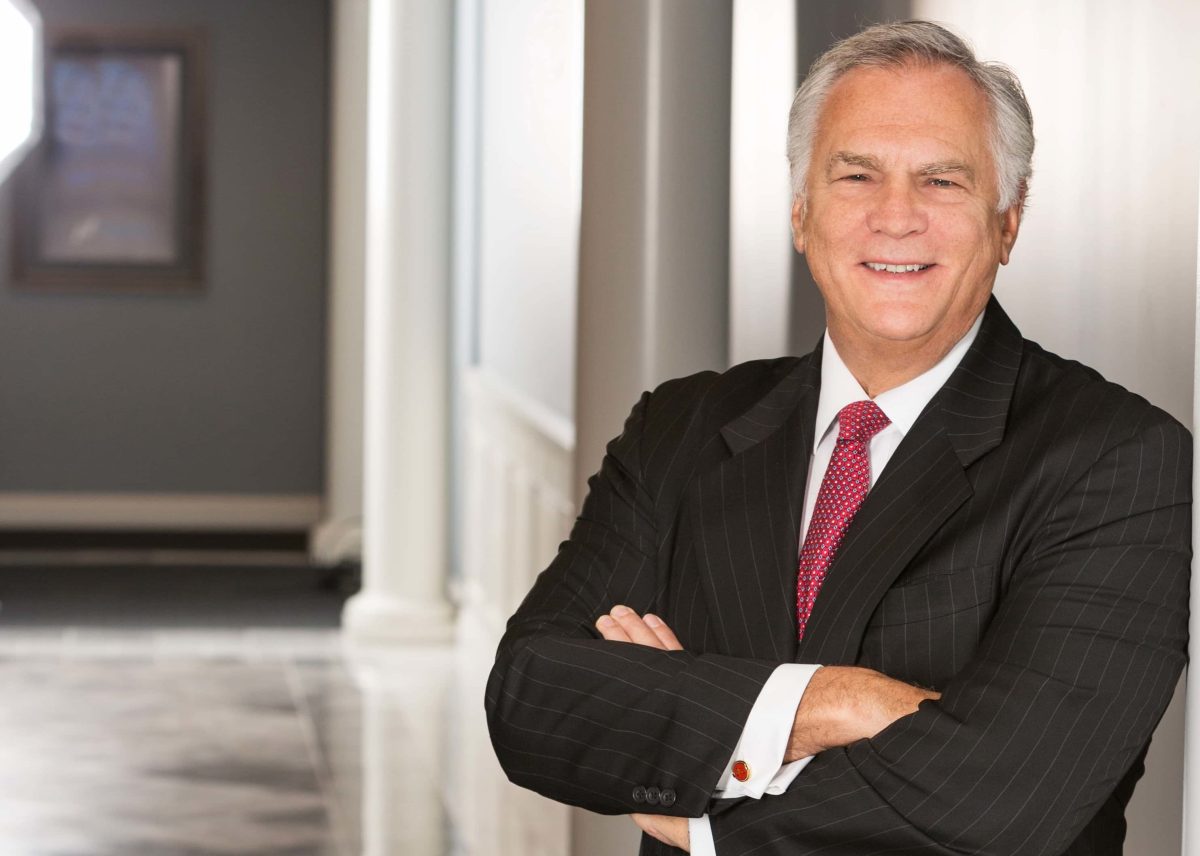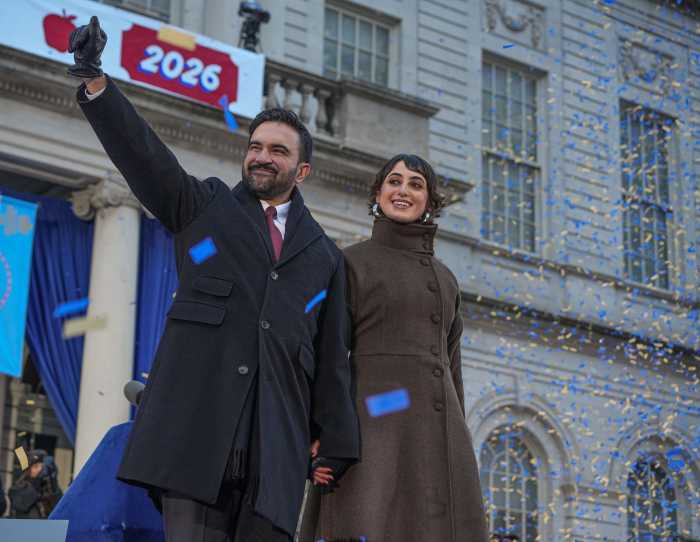A developer has inked a deal with the feds to cover tens of millions of dollars worth of Gowanus Canal-side cleanup in exchange for immunity from future pollution lawsuits.
Lightstone Group, which plans to build a 12-story, 700-apartment luxury housing complex on a canal-front site bounded by Carroll and Second streets, has agreed to foot the bill for removing toxic soil on the site and building a new bulkhead along the canal. The deal between the developer and the Enviornmental Protection Agency, which is overseeing the Superfund scrub-down of the fetid inlet, heightens Lightstone’s cleanup commitment and lets it off the hook from making additional pollution-cleaning payouts in the future. One longtime neighborhood activist who opposes the development said anything that heals Gowanus and hurts Lightstone’s bottom line is just fine with her.
“Any more money that Lightstone has to pay out is good by me,” said Linda Mariano, a member of the group Friends and Residents of Greater Gowanus. “This is definitely a step in the right direction.”
Anti-Lightstone neighbors say the project will crowd neighborhood schools and subways, cause traffic jams, stress already over-taxed sewers, and help price people out of the neighborhood.
The agreement with the feds calls for Lightstone to spend $20 million mopping up the Bond Street lots it is set to build on, including underwriting the removal of 17,500 cubic yards of contaminated soil, enough to fill about 17,500 pickup trucks.
The company had previously been cleaning up the lots in keeping with its state designation as a brownfield site. The new deal will wrap the process into the larger Superfund cleanup, which is supposed to start in earnest in 2016 or 2017 and take 8–10 years to complete.
A Lightstone spokesman was quick to say that the agreement simply puts in writing the commitment to appeasing the environmentally-minded arm of the government that the company has had all along.
“Look, the bottom line is that from day one Lightstone met with the EPA and said ‘What do you need us to do to be comfortable with this deal?’ ” Lightstone’s Ethan Geto said.
But the Environmental Protection Agency says the agreement binds Lightstone to cleanup efforts beyond those it originally promised. Lightstone was already planning to build a bulkhead along the canal to prevent further contamination. The settlement, however, mandates building a deeper-than-planned bulkhead, which will allow a deeper dredging of so-called “black mayonnaise,” the putrid, poisonous sediment lurking at the bottom of the waterway, according to an agency spokesman.
“This agreement will greatly enhance the cleanup work they are doing,” agency rep Elias Rodriguez said. “They were going to have to build a bulkhead anyway, but this is going to be much deeper and more enhanced than what they would have otherwise done. That is a big deal.”
The amount of soil to be removed also goes beyond the quantity originally pledged, Rodriguez said.
The Bond Street site’s original developer Toll Brothers fought the Superfund designation and ultimately followed through on a promise to ditch the development if it went through, bailing on its $5.75 million down payment in 2010.
Environmental Protection Agency officials cheered the Lighstone conrtact as proof that private efforts to clean up along the canal can coexist with their program.
“These settlements illustrate that the Superfund program can work in parallel with redevelopment,” said Judith Enck, regional director of the agency





















